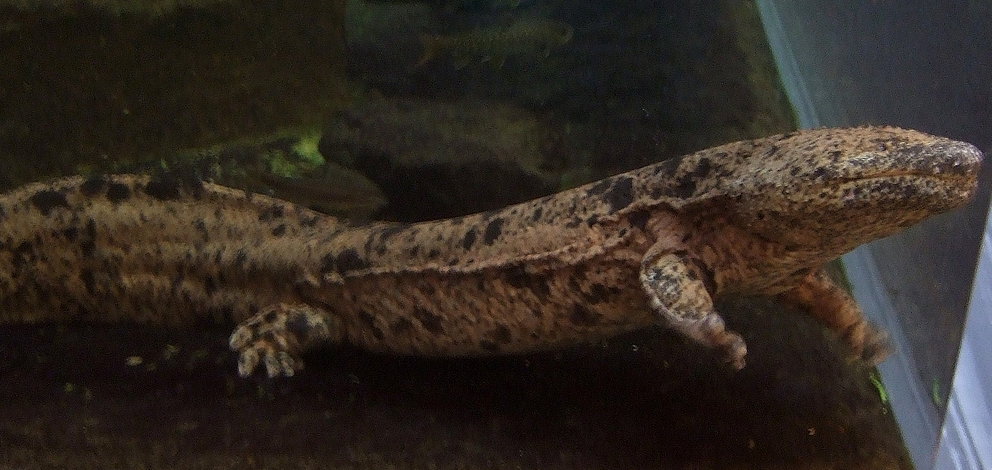Nightingale
In Europe, the nightingale has a reputation for being one of the finest singers in the bird world. Its plain brown plumage and secretive habits make it difficult to see, but ist rich fluty song is impossible to mistake. Nightingales are unusual because they sing by night as well as day, which is how they get their name. They feed on insects and fruit and nest low down in tangled vegetation.
Scientific Name: Luscinia megarbynchos













